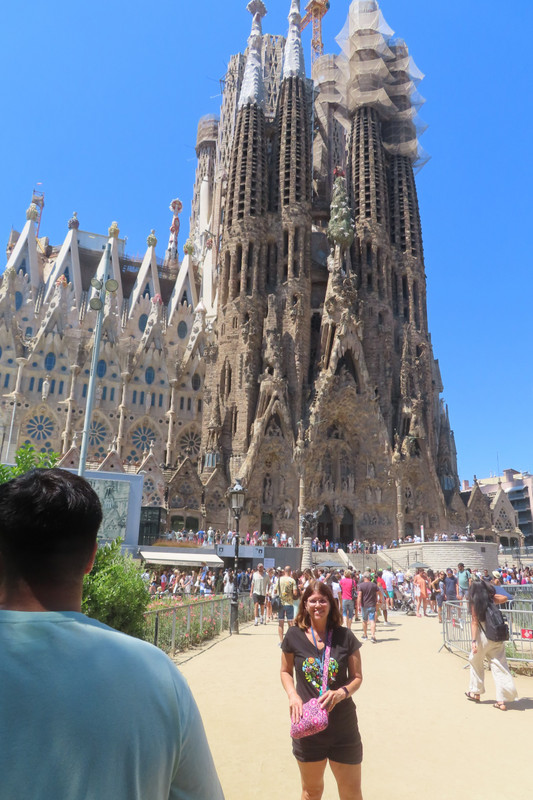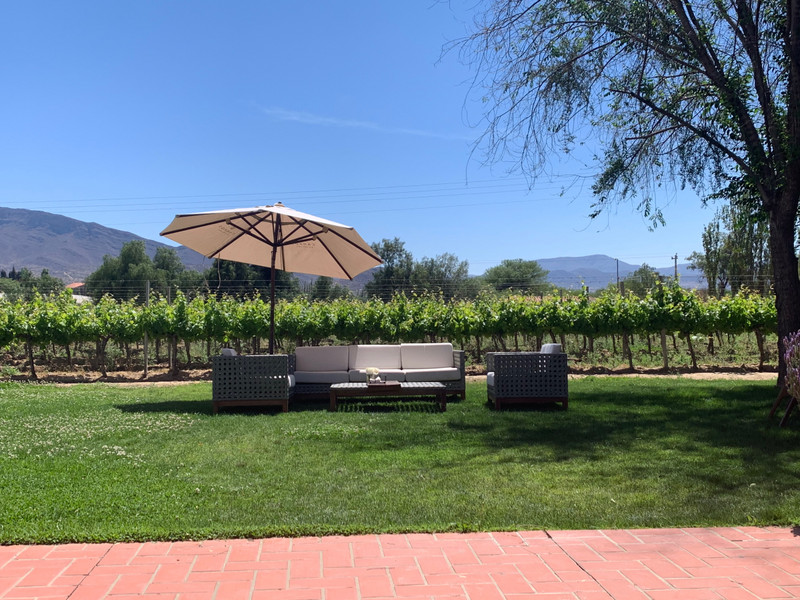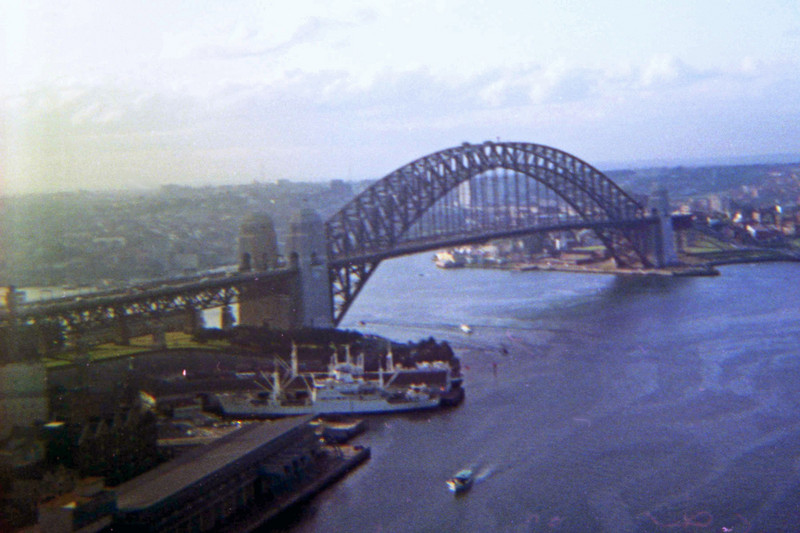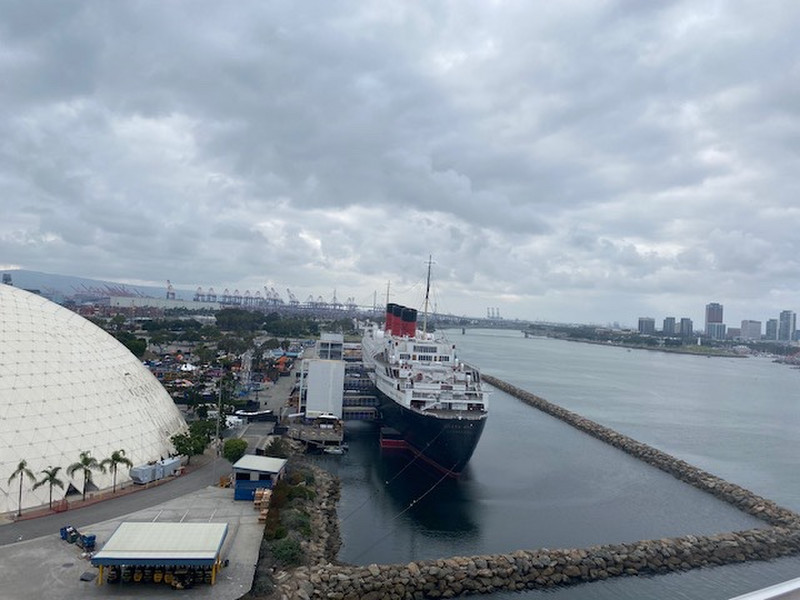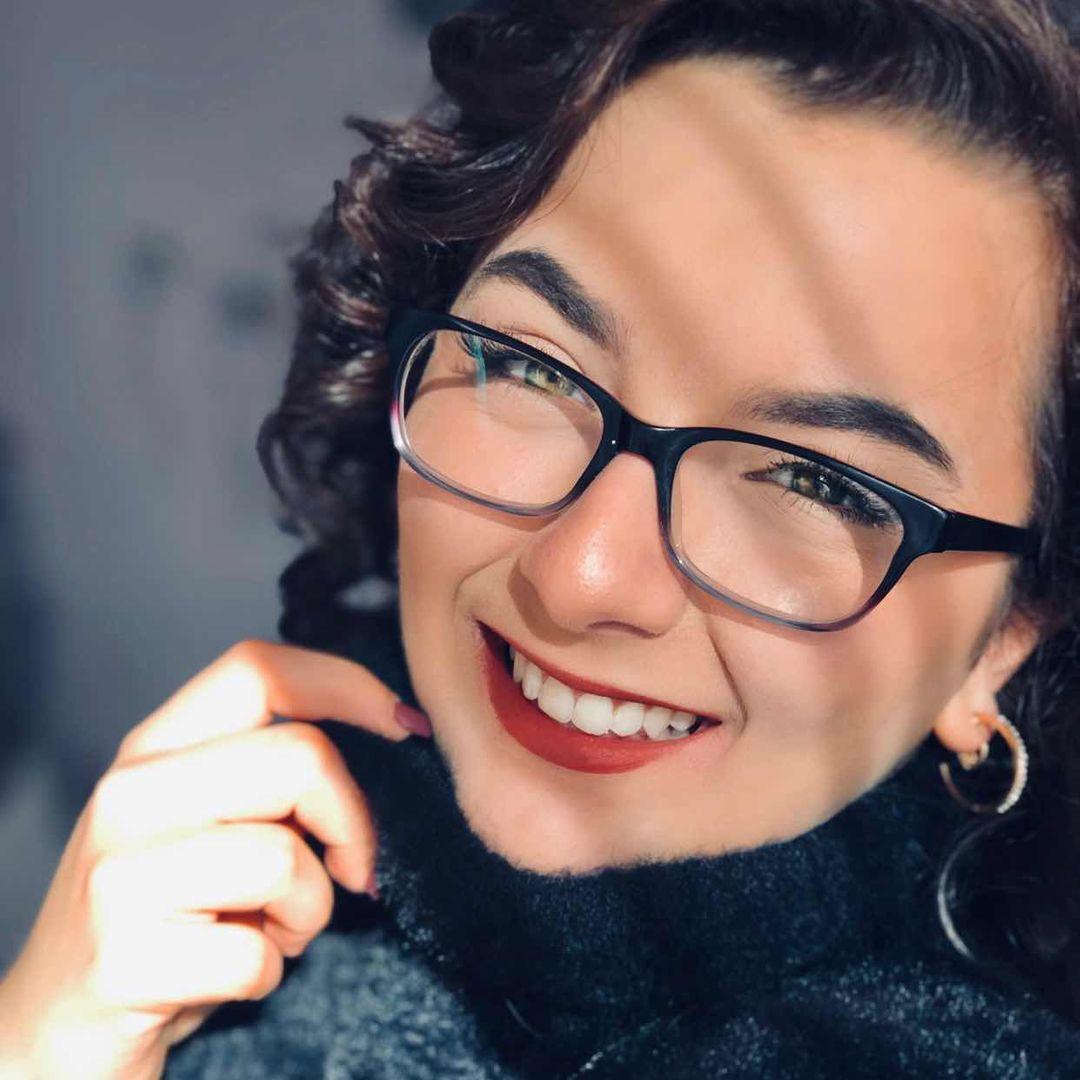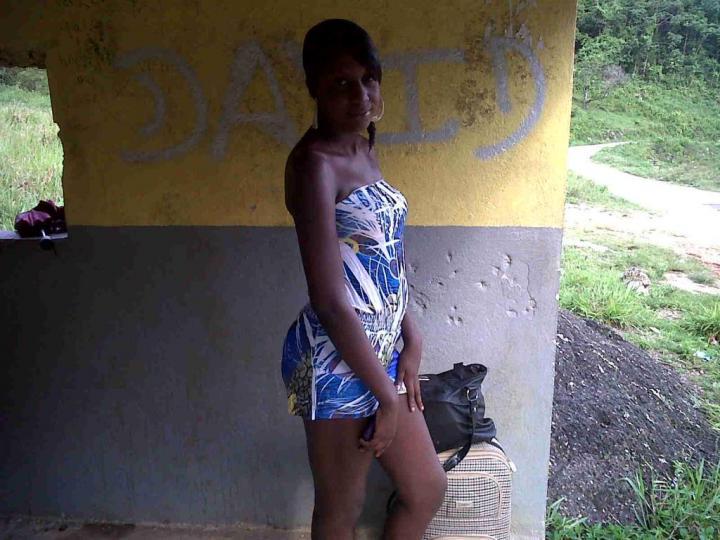Today is the last day of our trip, we fly back tomorrow morning. After last nights wonderful experience with Gaudis Park Guell, we were really looking forward to seeing Gaudis masterpiece church this afternoon, but first we have a brief excursion just outside of Barcelona to Catalonia to visit Montserrat.
Monserrat, the Serrated Mountain is the name of a series of 3 peaks of the Catalan mountain range. Its highest peak is about 4000 ft. The rock formations are beautiful, and there are three ways to get to the top. There is a cable car, a cog railway, and a couple of roads. Since we have a bus, we naturally took the road. Once at the top, there is a funicular that takes you to the actual peak, but there isnt really anything at the peak, except the view. The funicular is primarily used by hikers and rock climbers who want to begin their adventure at the peak. It looks pretty terrifying, and the views were spectacular enough at the end of the road where we got out of the bus.
The other claim to fame for Monserrat is the Benedictine Abbey, Santa Maria de Monserrat. The Benedictine
monks first arrived at Monserrat in the 11th century, but the current buildings date to the 19th and 20th centuries. There about 50 Benedictine monks who still live here, but we didnt see any while we were there. There is a hostel, a supermarket, a farmers market and the usual cafeteria and gift shops. There are also some austere rooms available for a reasonable price for people who want to participate in a silent retreat. There are also a group of young boys who are selected at age nine to attend a five year program where they are educated and trained in choir singing. They live at the abbey for 5 years, but return home to their families on the weekend, and during the summer. The church is beautiful with beautiful carvings, but the big claim to fame is the Black Madonna.
The locals dont particularly like the term Black Madonna, but we were able to go up the back stairway and get right up close to the Madonna and Child statue that is located in a glass case above the altar. The Madonna is very black. Amada is our local tour guide again, and someone asked her what
the significance of making a Black Madonna could be? The answer was that the Madonna and Child were originally carved and varnished as a typical white Madonna and Child, however, evidently the varnish that was used to preserve the carving contained lead, and over the years, the Madonna just kept getting darker and darker until she reached the very black color she is today.
In any case, the abbey and the views were well worth the trip, though again, it sure would have been fun riding up the narrow windy road on the Goldwing. On the way down, we took the other road, and passed by what used to be the corresponding convent for the Benedictine nuns, but there have been Benedictine nuns there for centuries, so it is used by lay women today.
After the Montserrat tour, we headed back to the hotel to pick up a few people who did not go on the morning tour. It was lucky for me, as the camera battery died just before we left. I had to take the last dozen or so pictures with my camera instead. We were only at the hotel for 10 minutes, but
it was just enough time for me to run up to the room to get my spare battery, and we were back in business for picture taking again.
The same Gaudi that designed the Park Guell that we visited last night, began the design of the Sagrada Familia in 1883, and continued working on it until his death in 1926. The entire project is privately funded by donations and without financial support by either the Spanish government or the Catholic Church. The project is enormous, and nothing like any other cathedral that has ever been built. While Gaudi was unable to finish the project, he did provide drawings, concepts and scale models of his vision. Over the years, funding has been sporadic, but construction has been ongoing.
